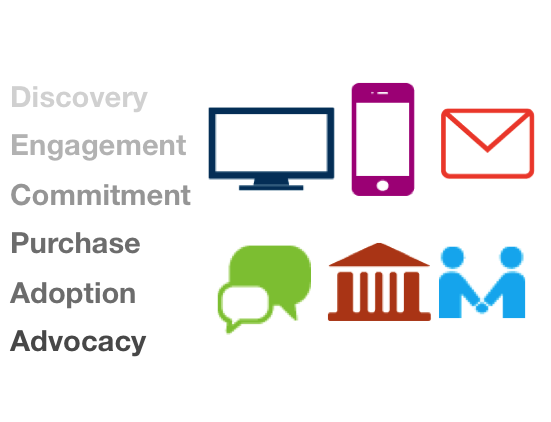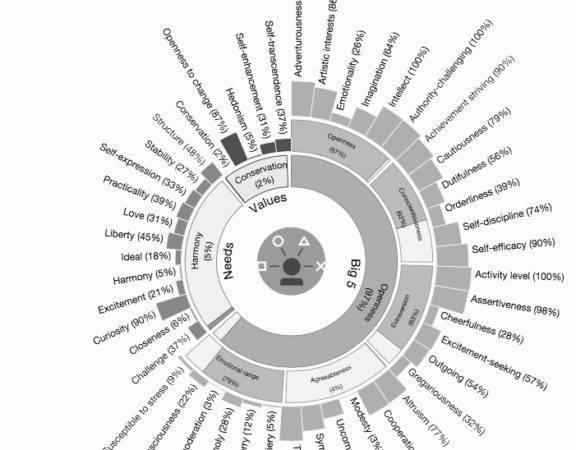It’s about 10-15 years there is a serious debate about customer experience. There is no luck of literature, studies, business cases, and recommendations. Yet, on average, we know very well that in most of the cases: as marketers we could deliver much better, as customer we deserve much better.
How can be that?
First, out of the CMO inner circle, until yesterday Customer Experience was a priority for nobody. Today, recognizing the change in customers’ expectations, we see business leaders in leading organizations rebalancing their priorities, spending less time on operational issues, and more time (+29%) in front of the customer. And it’s not just sales: CIO and CHRO too are shifting their focus on customer experience, recognizing that people and IT systems are both essential elements to engineer and deliver the expected value to customers.
Second, there are three key inhibitors to deliver a great Customer Experience, that Marketing can tackle only working with other functions (such us sales, business unit executives, finance). Today:
- 35% of CMO has a thorough understanding of how customers interact with the company;
- 36% of CMO have an integrated digital and physical strategy;
- 16% of CMO a thoroughly designed, executed, and measured customer experience, integrating all the touchpoints, across all channels.
It’s time to come out of the Marketing boundaries and lead customer experience across the company, addressing five key points:
- Know the customer as individual, connecting social media with transaction data and other information to paint a more vivid picture of each customer (see my post: The Value of Getting Personal in B2B Marketing);
- Build a systemic view on how the company is interacting with customers at every single touchpoints, in any single moment throughout the customer lifecycle – and to do this, use design thinking methods to build experience journey maps that are addressing the customer needs and most hidden drivers;
- Manage the overall customer journey, from the discovery phase (where the client is passive, and you craft messages to rise interests), to engagement (the client is actively learning and comparing solutions), to commitment (he’s ready to make a decision), to purchase/adoption (experience the product and services), and eventually advocacy (a very satisfied client becomes your best testimonials) across the multiple channels of interactions: web, mobile, mails, contact center, client centers, factory, and the sales rep;
- Measure all the customer interactions across touchpoints, collect / analyze feedback, constantly review and improve interactions with the customer;
- Instil an obsession with the customer, a culture toward customer excellence, in each and every single employee, regardless of the organizational function, starting with Sales and Services: in B2B sellers are the most important brand advocates, they represent the company, they are the primary interface between the company and its clients. The way they perceive and live the company values, know and articulate the company solutions, dramatically affect the overall customer experience.
Customer experience it’s not a game for the sake of marketers. It directly impacts the bottom line: 71% of positive customer experience translates into loyalty, while 65% leads to a product or service recommendation.
It’s really time to take Customer Experience out of the marketing walls.






